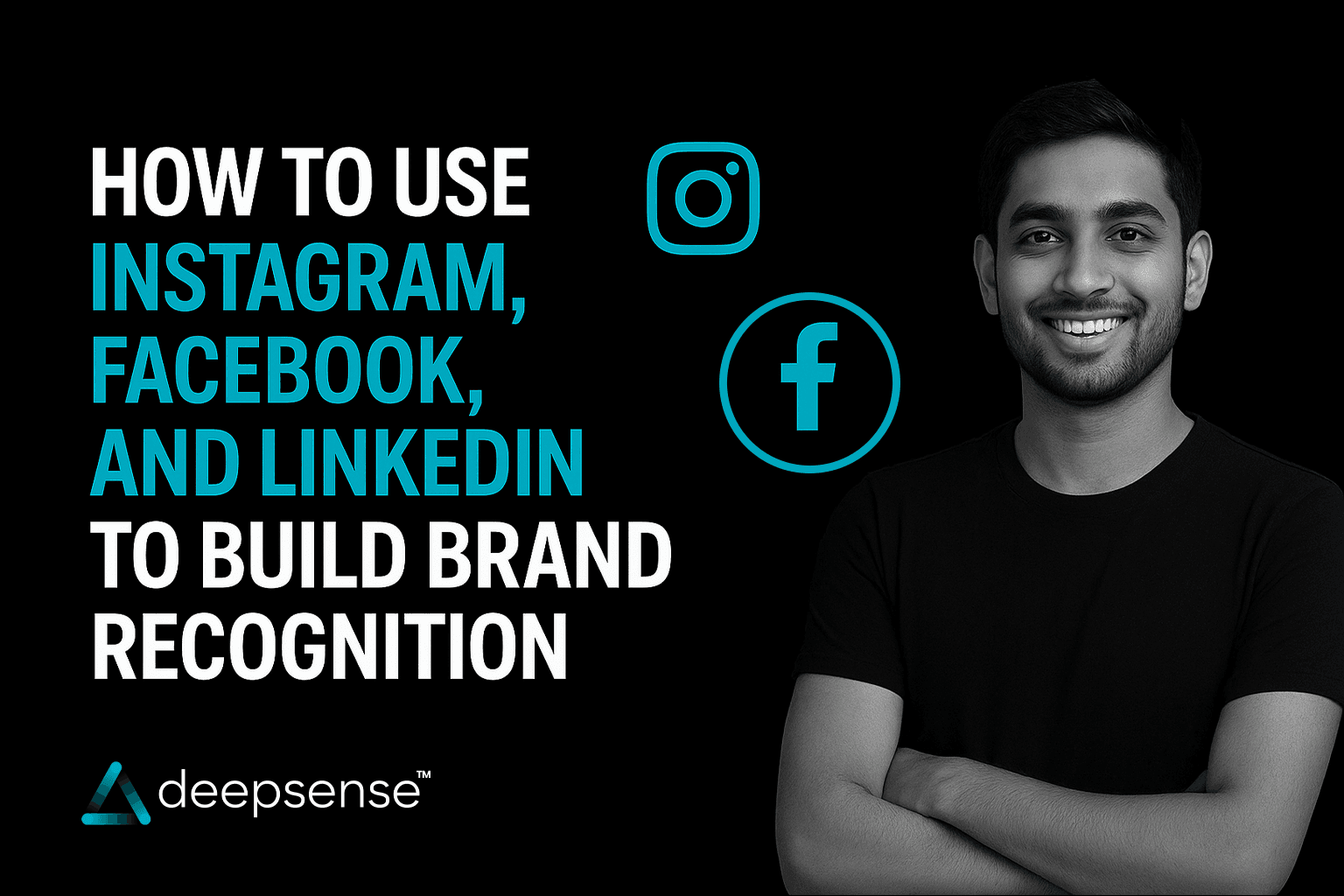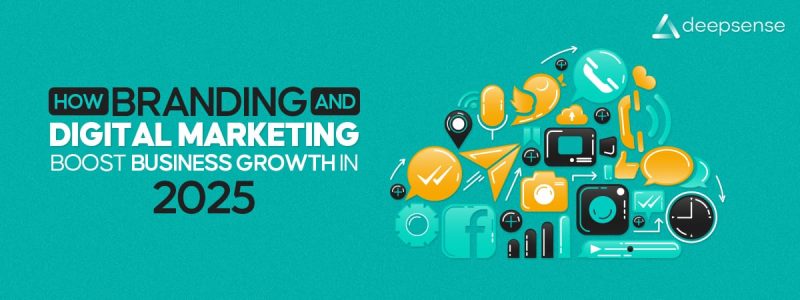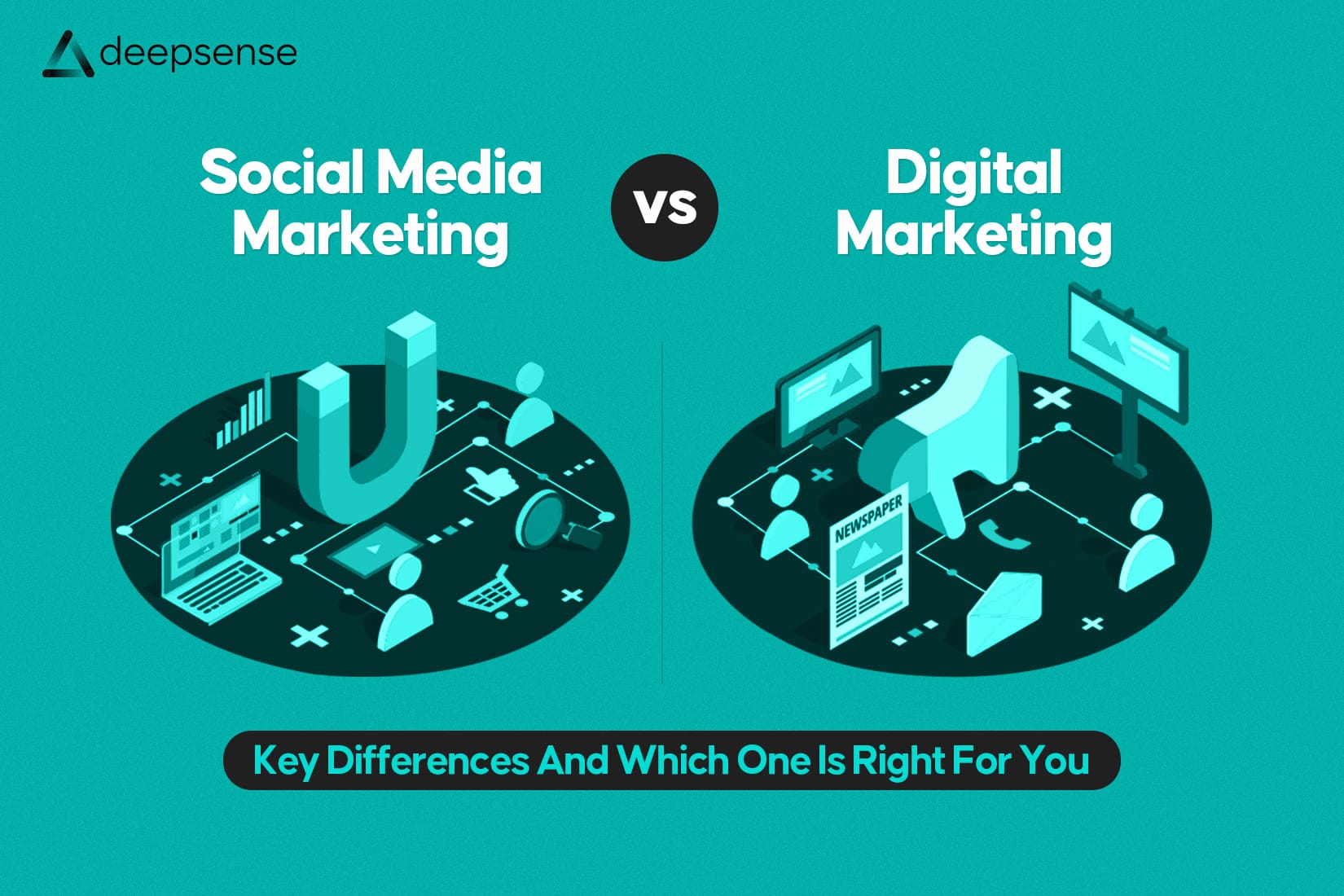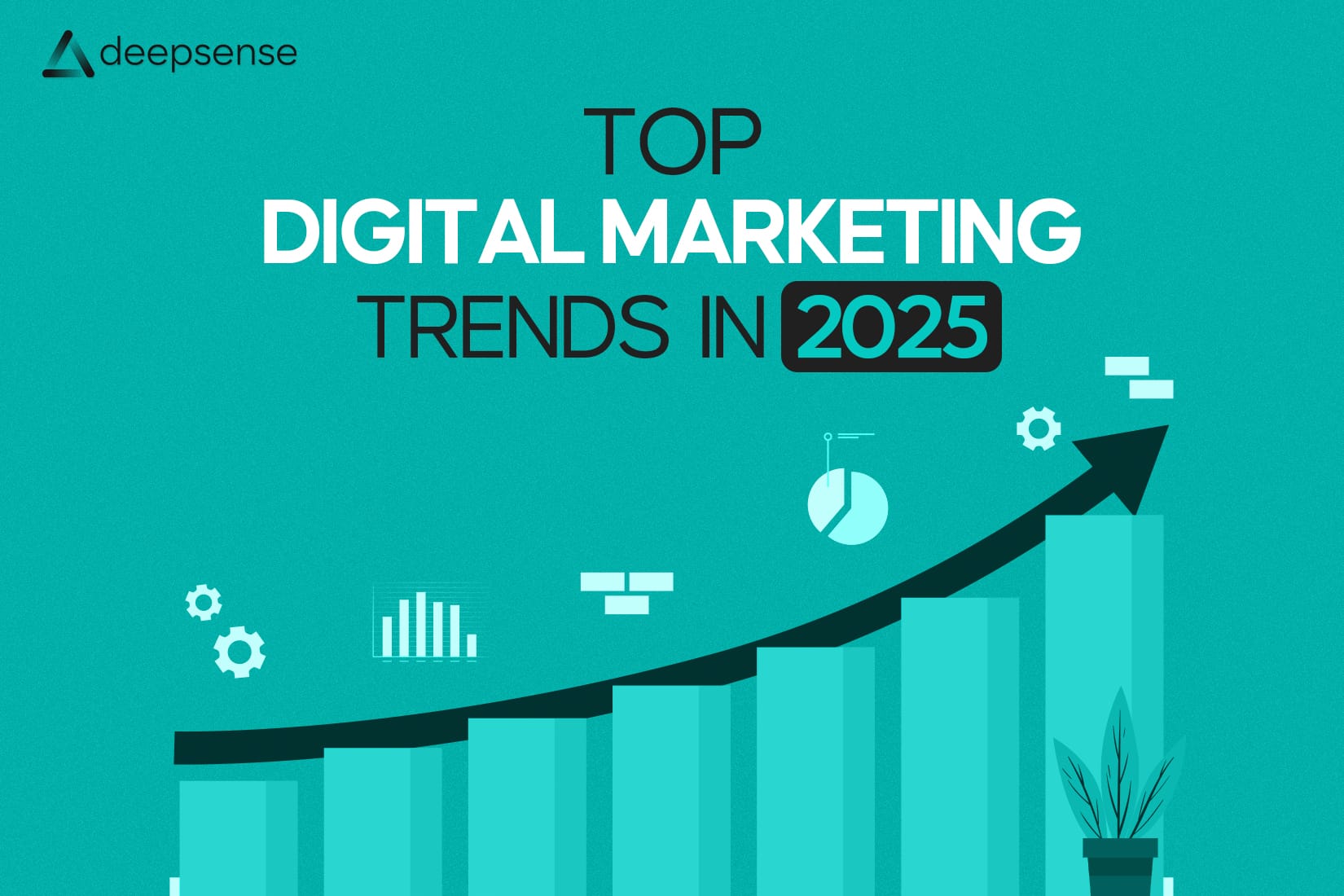In today’s digital-first world, if your brand isn’t visible on social media, it’s almost invisible to your audience. Social platforms like Instagram, Facebook, and LinkedIn on Brand recognization have moved far beyond casual networking spaces, they are now powerful business tools that can shape how people perceive and trust your brand.
Whether you’re a startup eager to make your mark or an established business wanting to strengthen your presence, these platforms offer unmatched opportunities to build brand recognition and stay top-of-mind with your target audience. But the trick lies in knowing how to use each platform strategically because each serves a different purpose, caters to unique audiences, and requires distinct tones of communication.
Let’s break it down step by step.
Why Brand Recognition Matters
Before diving into platform-specific strategies, let’s get one thing straight, brand recognition is not just about people knowing your name. It’s about people instantly associating your name with trust, value, and quality.
Think about Apple’s bitten logo or Nike’s swoosh, you don’t even need the brand name to know what they stand for. That’s the power of strong brand recognition. When you consistently show up where your customers are and communicate effectively, you create familiarity, credibility, and eventually, loyalty.
And social media platforms like Instagram, Facebook, and LinkedIn are your fastest ticket there.
Instagram: The Visual Storyteller
Instagram is where creativity meets brand identity. With over 2 billion monthly active users, Instagram is perfect for businesses that want to build recognition through visual storytelling.
How to Use Instagram for Brand Recognition:
- Consistent Aesthetic – Choose a color palette, fonts, and tone of voice that reflect your brand. A scroll through your feed should feel cohesive and memorable.
- Leverage Stories & Reels – Stories offer behind-the-scenes moments, while Reels are powerful for discoverability thanks to Instagram’s algorithm.
- Use Branded Hashtags – Create unique hashtags to encourage user-generated content (UGC). For example, Starbucks’ #RedCupContest boosted engagement and brand love.
- Influencer Partnerships – Work with influencers who align with your values to expand your reach authentically.
- Engage Actively – Reply to comments, share customer stories, and engage with your audience to create a community, not just a following.
Pro Tip: Think of Instagram as your brand’s gallery, every post should contribute to the bigger picture of who you are.
Facebook: The Community Builder
Facebook might feel old-school to some, but with nearly 3 billion users, it still dominates when it comes to building communities and fostering conversations.
How to Use Facebook for Brand Recognition:
- Create a Branded Page – Keep your page updated with your logo, tagline, and a pinned post that explains what your brand stands for.
- Leverage Facebook Groups – Groups allow you to create niche communities where people can engage with your brand more personally.
- Run Paid Campaigns – Facebook Ads are still one of the most cost-effective ways to reach a highly targeted audience.
- Use Facebook Live – Host Q&A sessions, product launches, or tutorials to humanize your brand and build trust.
- Share Customer Stories & Reviews – Nothing builds recognition like word-of-mouth, and Facebook makes sharing testimonials seamless.
Pro Tip: Think of Facebook as your brand’s neighborhood, show up regularly, connect genuinely, and keep the conversations going.
LinkedIn: The Authority Builder
LinkedIn is not just a professional networking platform, it’s the thought leadership hub of the digital world. With over 1 billion members, it’s the go-to place for brands looking to build authority and credibility.
How to Use LinkedIn for Brand Recognition:
- Optimize Your Company Page – Use professional banners, detailed descriptions, and consistent branding elements.
- Post Industry Insights – Share valuable content, whitepapers, infographics, and opinion pieces, that establish your expertise.
- Encourage Employee Advocacy – When your employees share posts about your brand, it amplifies your visibility and builds trust.
- Publish LinkedIn Articles – Long-form content allows you to dive deep into topics and position yourself as a thought leader.
- Use LinkedIn Ads – Sponsored content or InMail campaigns can target decision-makers in your industry.
Pro Tip: Think of LinkedIn as your brand’s stage, share your expertise, and your audience will recognize you as a trusted voice in your industry.
Putting It All Together: The Omnichannel Approach
While each platform has its strengths, the real magic happens when you use Instagram, Facebook, and LinkedIn together.
- Instagram builds emotional connection with your audience through visuals.
- Facebook nurtures community and engagement.
- LinkedIn establishes authority and professionalism.
By weaving these platforms into a cohesive strategy, you ensure your brand is recognized across touchpoints, no matter where your customers are.
Final Thoughts
Building brand recognition isn’t about being everywhere all at once, it’s about being consistent, authentic, and strategic where it matters most. Instagram, Facebook, and LinkedIn give you the perfect toolkit to tell your story, build trust, and establish your authority in the market.
So, the next time someone comes across your logo or name, they won’t just recognize it, they’ll remember the value, trust, and connection your brand brings. And that’s when recognition turns into loyalty.
FAQs
1. Why is building brand recognition on social media important?
Building brand recognition helps people easily identify and trust your business, making them more likely to choose your products or services over competitors. Social media offers visibility at scale.
2. Which platform should I prioritize for brand recognition: Instagram, Facebook, or LinkedIn?
It depends on your audience. Instagram is best for visual storytelling and younger demographics, Facebook for community building and wide reach, and LinkedIn for professional credibility and B2B networking.
3. How often should I post on Instagram, Facebook, and LinkedIn?
Consistency matters more than frequency. Ideally:
- Instagram: 3–5 posts/week
- Facebook: 3–4 posts/week
- LinkedIn: 2–3 posts/week
4. What type of content works best on Instagram for brand recognition?
High-quality visuals, behind-the-scenes stories, reels, and user-generated content help make your brand more relatable and memorable.
5. How can Facebook help in brand recognition if organic reach is low?
Facebook ads can significantly boost visibility. Also, engaging with groups, hosting events, and sharing valuable long-form content builds brand recall.
6. What’s the role of LinkedIn in brand recognition for non-B2B companies?
Even if you’re B2C, LinkedIn boosts credibility by showcasing thought leadership, industry insights, and company culture. It’s also great for building partnerships.
7. Should I use paid ads to improve brand recognition on these platforms?
Yes. Paid ads ensure your brand reaches a broader, targeted audience faster, especially useful on Facebook and Instagram, where algorithms limit organic reach.
8. How do I measure if my social media efforts are improving brand recognition?
Track metrics like impressions, reach, follower growth, engagement rates, and brand mentions. Surveys and customer feedback also help gauge recognition.
9. Is video content more effective for brand building than images?
Yes, short-form videos (like reels and LinkedIn clips) increase engagement and recall rates because they’re more interactive and storytelling-friendly.
10. How can small businesses with limited budgets build brand recognition on social media?
Focus on organic strategies: post consistently, engage with followers, collaborate with micro-influencers, and use storytelling. Paid ads can be scaled gradually.











